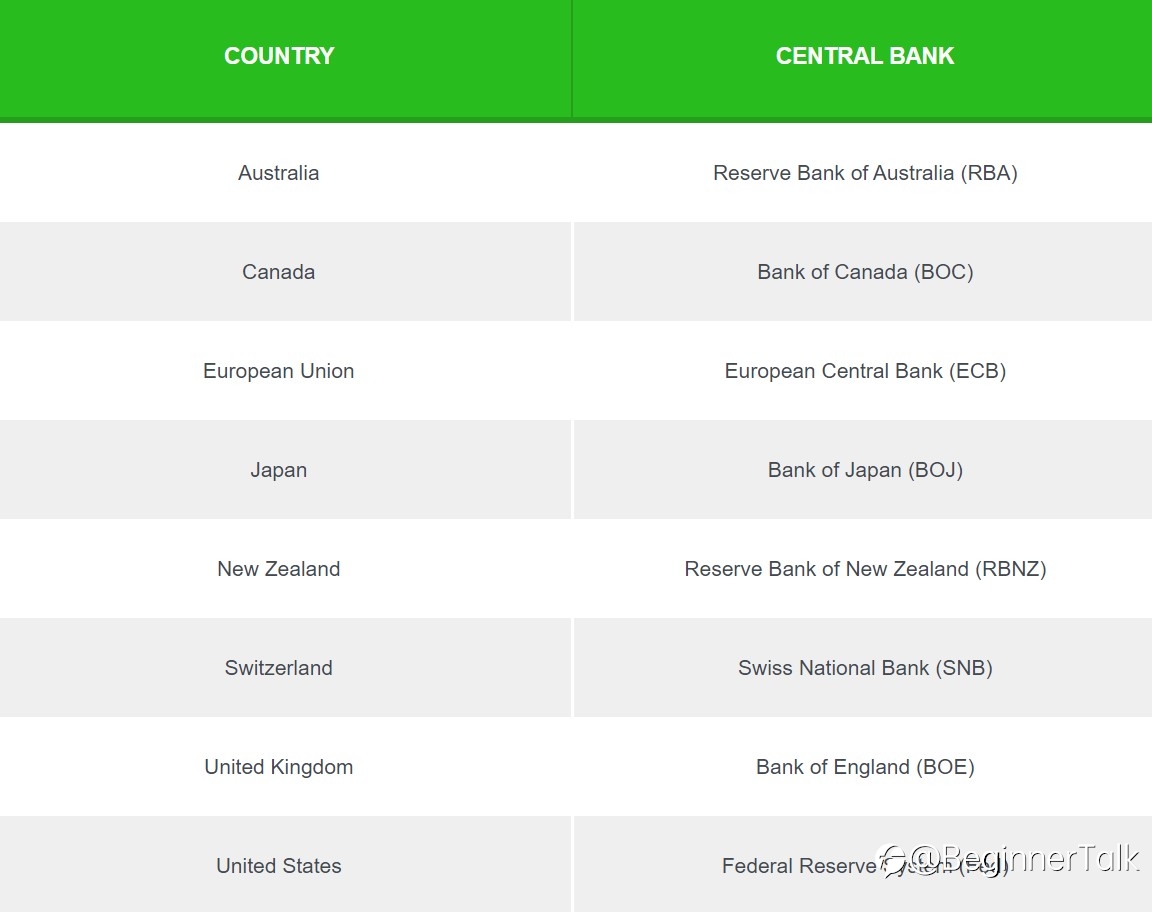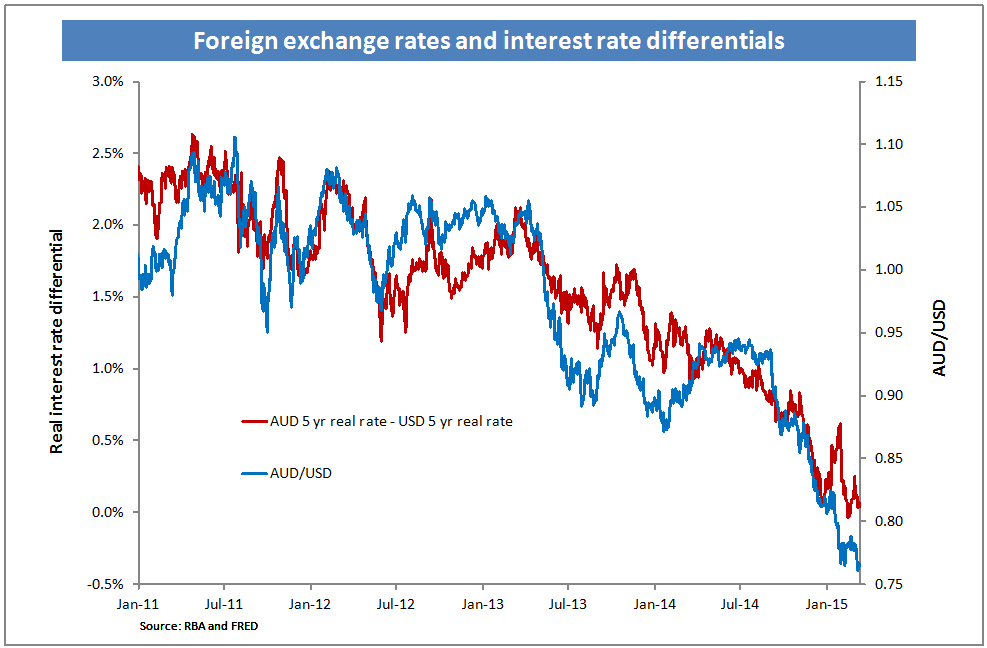Why Interest Rates Matter to Forex Traders
Interest rates make the forex world go ’round!
In other words, the forex market is ruled by global interest rates.
A currency’s interest rate is probably the biggest factor in determining the perceived value of a currency.
So knowing how a country’s central bank sets its monetary policy, such as interest rate decisions, is a crucial thing to wrap your head around.
One of the biggest influences on a central bank’s interest rate decision is price stability or “inflation”.
Inflation is a steady increase in the prices of goods and services.
Inflation is the reason why your parents or your parents’ parents paid a nickel for a soda pop in the 1920s, but now people pay twenty times more for the same product.
It’s generally accepted that moderate inflation comes with economic growth.
However, too much inflation can harm an economy and that’s why central banks are always keeping a watchful eye on inflation-related economic indicators, such as the CPI and PCE.

In an effort to keep inflation at a comfortable level, central banks will most likely increase interest rates, resulting in lower overall growth and slower inflation.
This occurs because setting high interest rates normally forces consumers and businesses to borrow less and save more, putting a damper on economic activity.
Loans just become more expensive while sitting on cash becomes more attractive.
On the other hand, when interest rates are decreasing, consumers and businesses are more inclined to borrow (because banks ease lending requirements), boosting retail and capital spending, thus helping the economy to grow.
Yippee!

What does this have to do with the forex market?
Well, currencies rely on interest rates because these dictate the flow of global capital into and out of a country.
They’re what investors use to determine if they’ll invest in a country or go elsewhere.
For instance, if you had your choice between a savings account offering a 1% interest rate and another offering .25%, which would you choose?
Neither, you say?
Yea, we’re inclined to go the same route – keep the money under the mattress, ya know what we mean? – but that’s not an option.
Ha! You would pick the 1%, right?
We hope so… because 1 is bigger than 0.25. Currencies work the same way!
The higher a country’s interest rate, the more likely its currency will strengthen. Currencies surrounded by lower interest rates are more likely to weaken over the longer term.
Pretty simple stuff.
The main point to be learned here is that domestic interest rates directly affect how global market players feel about a currency’s value relative to another.
Interest Rate Expectations
Markets are ever-changing with the anticipation of different events and situations. Interest rates do the same thing – they change – but they definitely don’t change as often.
Most forex traders don’t spend their time focused on current interest rates because the market has already “priced” them into the currency price.
What is more important is where interest rates are EXPECTED to go.
It’s also important to know that interest rates tend to shift in line with monetary policy, or more specifically, with the end of monetary cycles.
If rates have been going lower and lower over a period of time, it’s almost inevitable that the opposite will happen.
Rates will have to increase at some point.
And you can count on the speculators to try to figure out when that will happen and by how much.
The market will tell them; it’s the nature of the beast. A shift in expectations is a signal that a shift in speculation will start, gaining more momentum as the interest rate change nears.
While interest rates change with the gradual shift of monetary policy, market sentiment can also change rather suddenly from just a single report.
This causes interest rates to change in a more drastic fashion or even in the opposite direction as originally anticipated. So you better watch out!
Below is an example of one of many ways to monitor interest rate expectations and is one of the most-watched news releases.
The Federal Reserve’s “dot plot.”
The U.S. central bank uses this signal its outlook for the path of interest rates,
The Fed Dot Plot, which is published after each Fed meeting, shows the projections of the 16 members of the Federal Open Market Committee (the bigwigs in the Fed who are actually are in charge of setting interest rates).

Interest Rate Differentials
Pick a pair, any pair.
Many forex traders use a technique of comparing one currency’s interest rate to another currency’s interest rate as the starting point for deciding whether a currency may weaken or strengthen.
The difference between the two interest rates, known as the “interest rate differential,” is the key value to keep an eye on.
This spread can help you identify shifts in currencies that might not be obvious.

An interest rate differential that increases helps to reinforce the higher-yielding currency, while a narrowing differential is positive for the lower-yielding currency.
Instances where the interest rates of the two countries move in opposite directions often produce some of the market’s largest swings.
An interest rate increase in one currency combined with the interest rate decrease of the other currency is the perfect equation for sharp swings!
Nominal vs. Real Interest Rates
When people talk about interest rates, they are either referring to the nominal interest rate or the real interest rate.
What’s the difference?
The nominal interest rate doesn’t always tell the entire story. The nominal interest rate is the rate of interest before adjustments for inflation.
Real interest rate = Nominal interest rate – Expected inflation
The nominal rate is usually the stated or base rate that you see (e.g., the yield on a bond).

Markets, on the other hand, don’t focus on this rate, but rather on the real interest rate.
If you had a bond that carried a nominal yield of 6%, but inflation was at an annual rate of 5%, the bond’s real yield would be 1%.
Boohoo!
That’s a huge difference so always remember to distinguish between the two.
Reprinted from Babypips,the copyright all reserved by the original author.
Disclaimer: The content above represents only the views of the author or guest. It does not represent any views or positions of FOLLOWME and does not mean that FOLLOWME agrees with its statement or description, nor does it constitute any investment advice. For all actions taken by visitors based on information provided by the FOLLOWME community, the community does not assume any form of liability unless otherwise expressly promised in writing.
FOLLOWME Trading Community Website: https://www.followme.com



Hot
No comment on record. Start new comment.